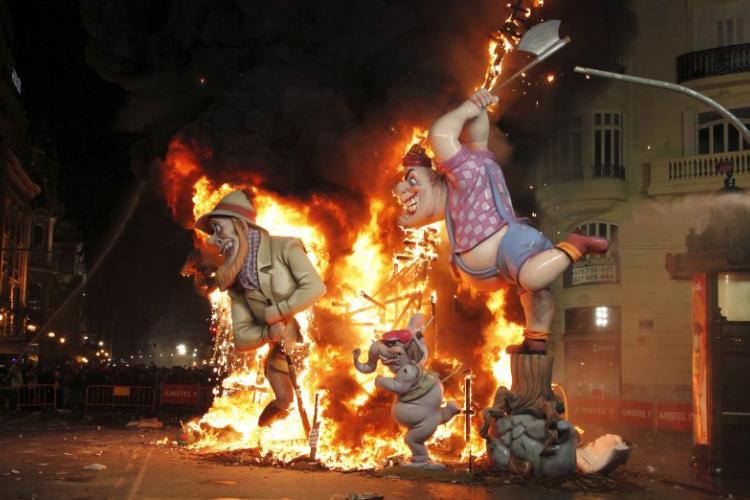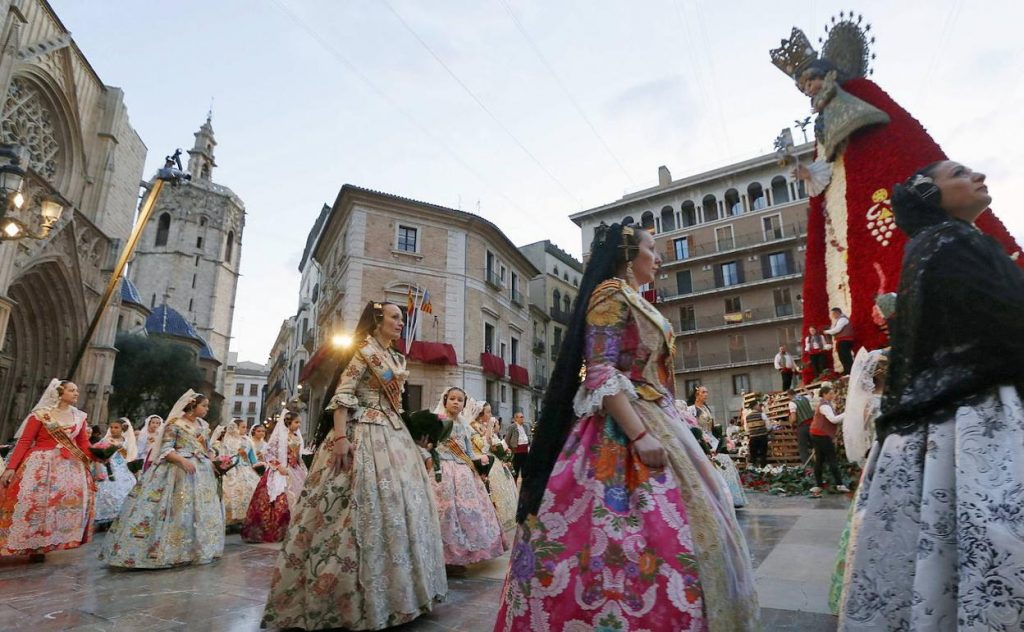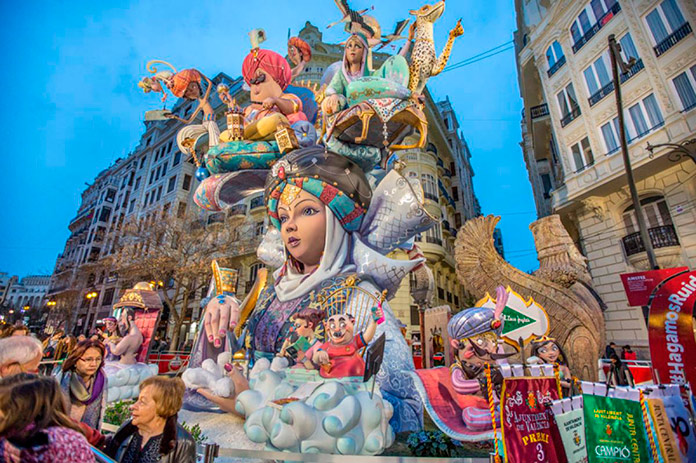If you have only been in Spain for a short time, it is likely that some of the country’s traditions have surprised you. Many times, culture shock from one country to another affects us, both positively and negatively, due to the great differences. In today’s post, we are going to talk about one of the most famous festivities in Spain: the Fallas of Valencia. What traditions are carried out during this festivity? Where and when are they celebrated? We invite you to read on and find out everything!
When are the Fallas of Valencia celebrated?
Although the official start of the festival always takes place on the last Sunday of February, the big days are from March 15 to 19.
Where are they celebrated?
Las Fallas are celebrated in Valencia, the capital of the Valencian Community. This is a region located in the eastern part of the Iberian Peninsula and bathed by the Mediterranean Sea. This means that, outside Valencia, the rest of the Spanish regions do not celebrate this festival and. Probably for the rest of Spaniards who do not have any link with the Fallas of Valencia, knowing the traditions that are celebrated during these days is the same cultural shock as for those who come from other parts of the world.
What do the Fallas of Valencia consist of?
Like most of the traditional festivities in Spain, it has its origin in the Catholic religion. That is, the Fallas are celebrated in honor of the patron saint of carpenters, St. Joseph.
The city of Valencia has more than 400 Fallas commissions spread throughout its territory. A commission is a group of people, called falleros, who meet every year to celebrate the Fallas. Each commission has its “casal fallero”, that is, the physical premises in which its falleros gather to celebrate the Fallas with lunches, dinners and different leisure activities organized by themselves during those days.
In addition, each commission puts on the street what is known as its “falla”. The term “falla” is used to refer to the typical falla monument of the Fallas. These monuments are built throughout the year to be placed on the street on March 15. Four days later, on the night of March 19, all the “fallas” of Valencia are burned to end the festival. After this night, known as the “Noche de la Cremà” (Night of the Burning), the fallas artists start working again to prepare the “fallas” for the following year.

The offering
During the 17th and 18th of March, the falleros of Valencia make their offering of flowers to the Virgen de los Desamparados. Each commission walks from their “casal” to the Plaza de la Virgen to leave their bouquet of flowers to the “Mare de Déu” (the mother of God). Then, with all these bouquets, the mantle of the Virgin is built. During this offering, all the falleros are dressed in the traditional regional costume.

The mascletà
Another tradition during the Fallas of Valencia is the “mascletà“. From March 1 to 19 at 2 pm, a “mascletà” takes place in the Plaza del Ayuntamiento. It is a sound and aerial spectacle starring firecrackers. It is one of the most surprising and hard to understand traditions for those who come from outside.
Finally, it is important to note that during these days, people eat the traditional Valencian paella and typical sweets of the region known as “buñuelos”, accompanied by hot chocolate.
Do not hesitate to learn a little more about the Spanish traditions and visit the Fallas of Valencia. The best way to travel to Valencia is by train and bus. We do not recommend you to travel in your car because, once there, you will not be able to use it due to the traffic restrictions implemented during those days.
Remember that at People Global Relocation we are at your disposal to help you with any questions or arrangements you may need for your transfer and stay in Spain. You can also read other interesting posts in our blog:



No responses yet